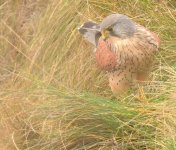Well... I bought my first bridge camera. Went out to check some birds. Colder than a titch's wit, I might add. I Programmed my C's to 2 settings that i borrowed from either here and the Ted link in another thread. Plus tried sports mode with burst (read that here and another forum).
No so good. Sports mode is extremely pixilated. And I really had to fiddle with my presets to get some barely acceptable shots. Mind you my first time out with my first bridge camera (i never take photos with my power shots).
Begrudgingly will post them for advice. ISO: around 200 - 500 (the higher were brutal), Aperture: lowest number, exposure compensation: varied between 0 and 1.5. the odd one was negative .5. Continuous (NOT continuous tracking autofocus). Shutter speed: Pretty fast lol. I was chilly and zoomed far. Plus not the steadiest hand.
Can't remember other settings. They are obviously not cropped and edited. I don't have the software and no point in cropping pixelation.
I had seen on the Stokes site that she used FULL or near full zoom (including digital). well i must say that i was closer than some of her "here they are with no zoom" shots and don't see either as close, detailed or focused.
The buffleheads and mergansers I had no choice but to use digital zoom (esp. the buffleheads, who were dodging me and i had to shoot through a lot of Bramble). The Heron and the Brown, Black Beaked duck (which i have deduced is probably a khaki Campbell or the offshoot of that one) were just with optical zoom. and they still have some pixelation.
The kitty is just low indoor lamp light with high iso and quick-ish shutter speed. Excuse the compositioning but i was on foot often trying to snap before they fled.
Keep in mind, I only bought this camera for record shots... but I am a bit type A so I find these unacceptable lol.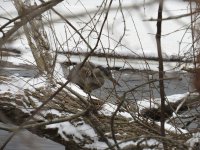
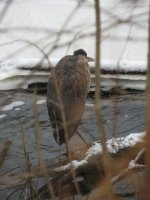
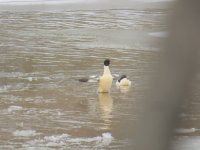
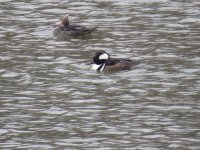
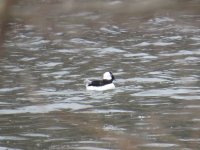
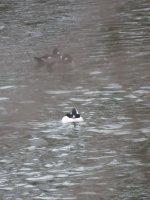
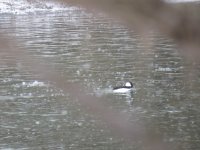
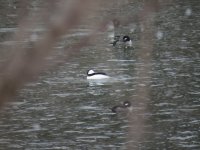
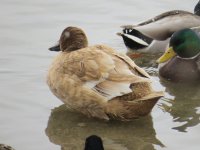
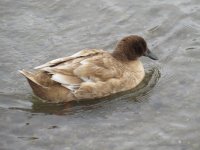
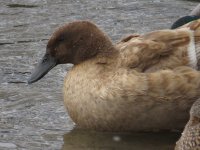
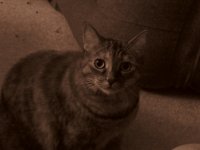
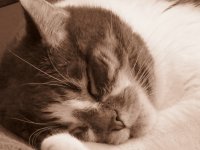
No so good. Sports mode is extremely pixilated. And I really had to fiddle with my presets to get some barely acceptable shots. Mind you my first time out with my first bridge camera (i never take photos with my power shots).
Begrudgingly will post them for advice. ISO: around 200 - 500 (the higher were brutal), Aperture: lowest number, exposure compensation: varied between 0 and 1.5. the odd one was negative .5. Continuous (NOT continuous tracking autofocus). Shutter speed: Pretty fast lol. I was chilly and zoomed far. Plus not the steadiest hand.
Can't remember other settings. They are obviously not cropped and edited. I don't have the software and no point in cropping pixelation.
I had seen on the Stokes site that she used FULL or near full zoom (including digital). well i must say that i was closer than some of her "here they are with no zoom" shots and don't see either as close, detailed or focused.
The buffleheads and mergansers I had no choice but to use digital zoom (esp. the buffleheads, who were dodging me and i had to shoot through a lot of Bramble). The Heron and the Brown, Black Beaked duck (which i have deduced is probably a khaki Campbell or the offshoot of that one) were just with optical zoom. and they still have some pixelation.
The kitty is just low indoor lamp light with high iso and quick-ish shutter speed. Excuse the compositioning but i was on foot often trying to snap before they fled.
Keep in mind, I only bought this camera for record shots... but I am a bit type A so I find these unacceptable lol.




















